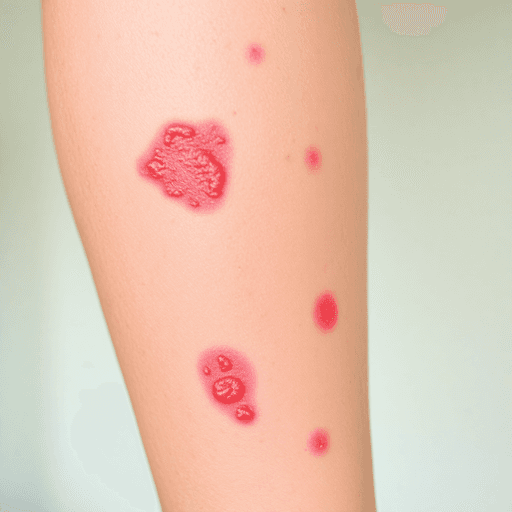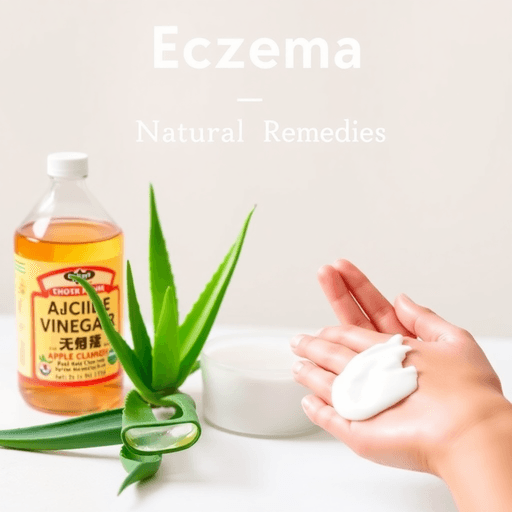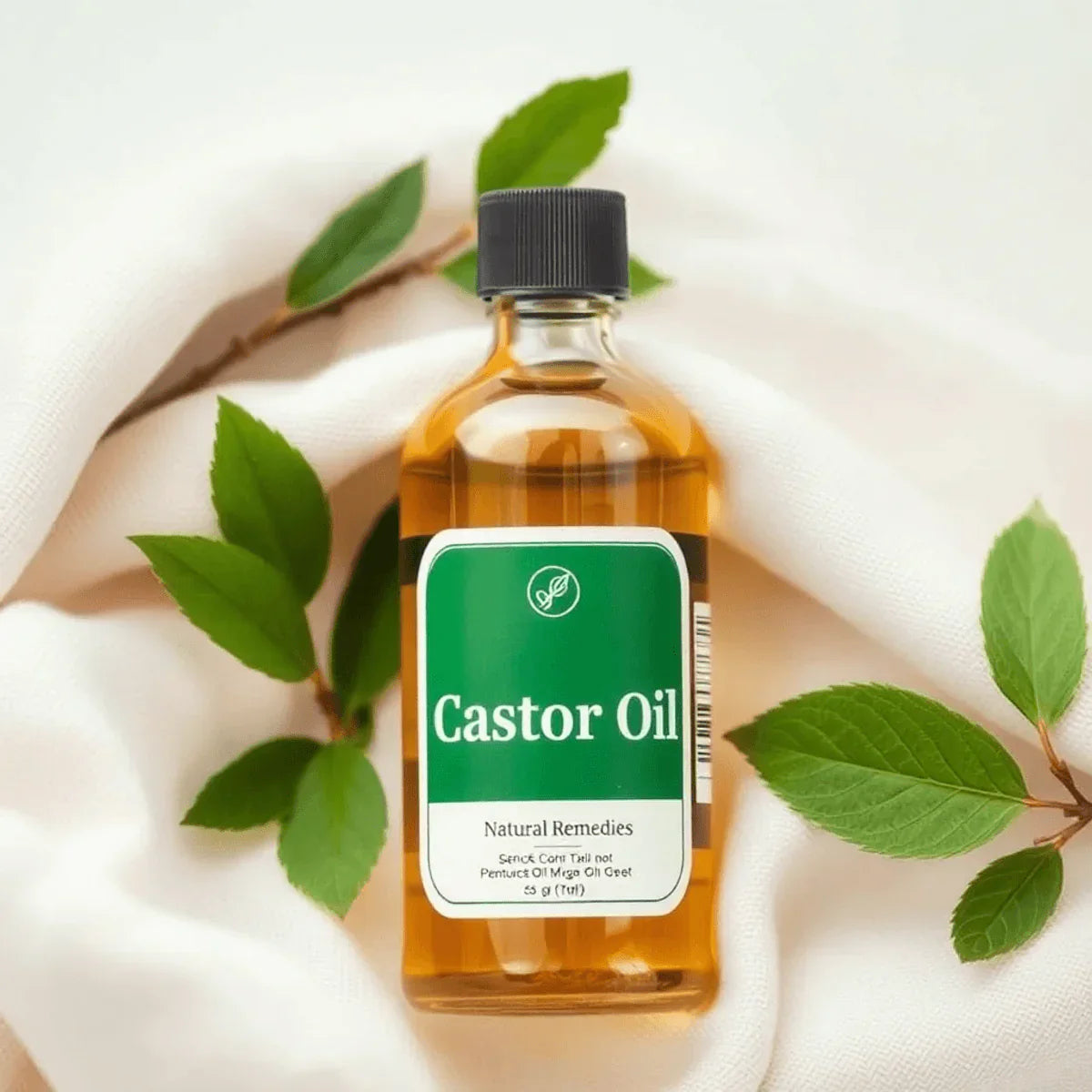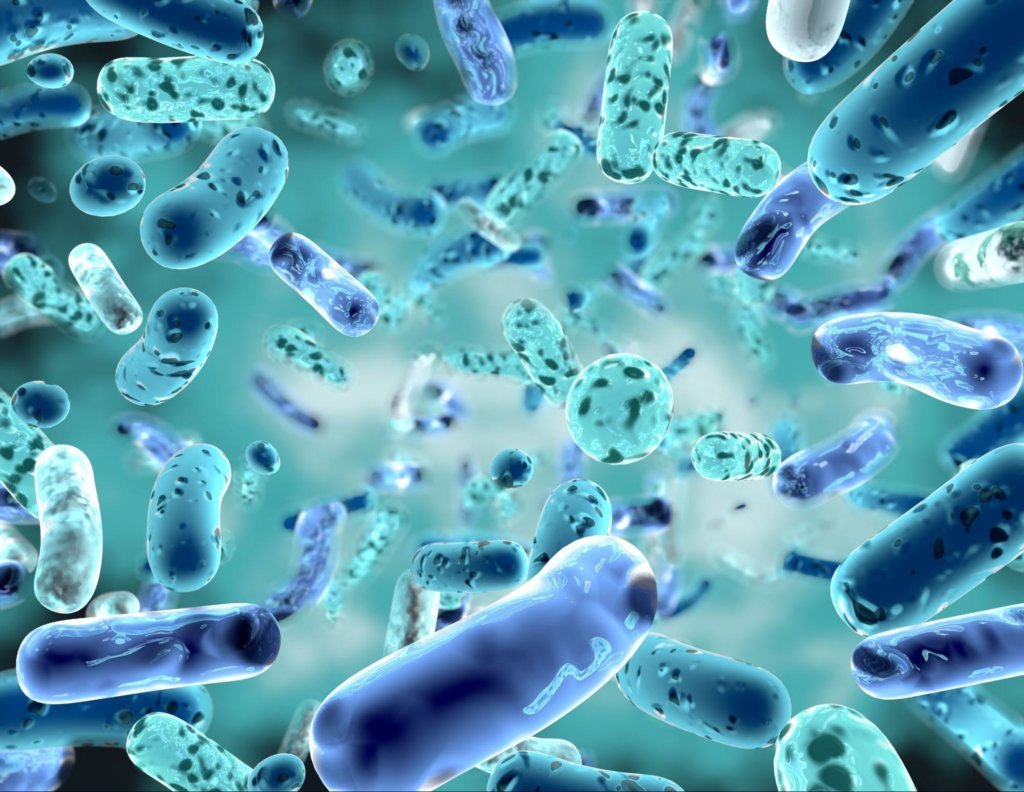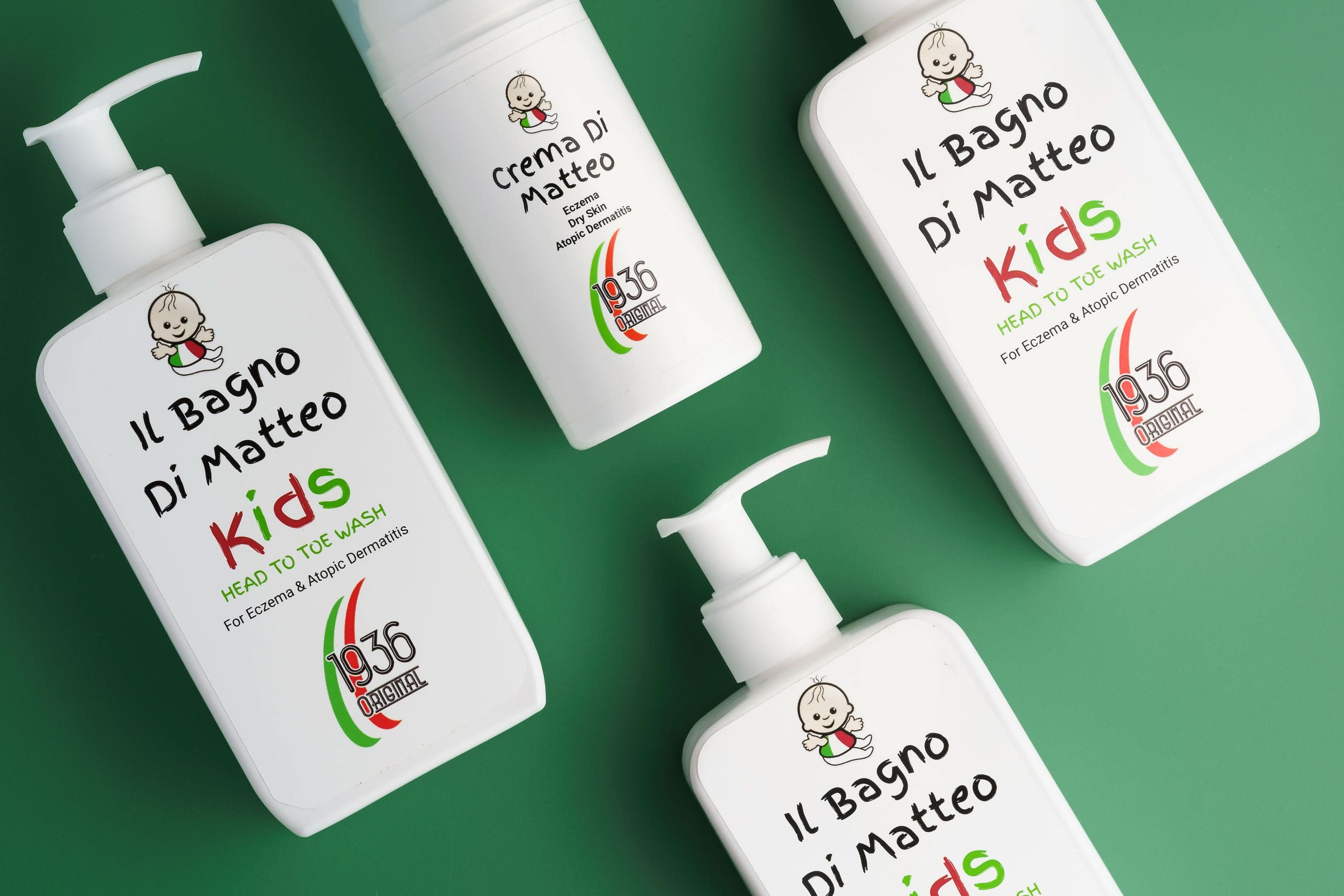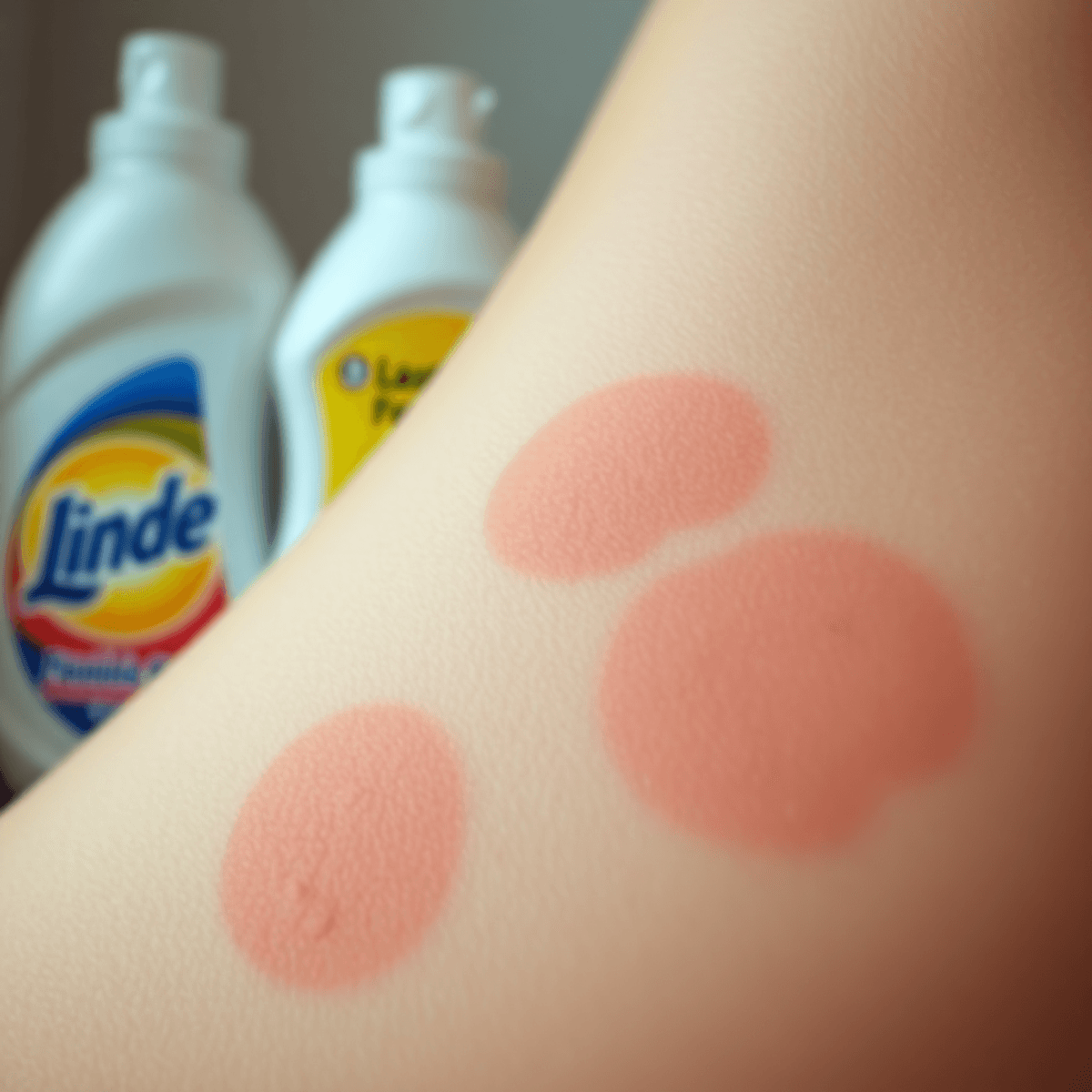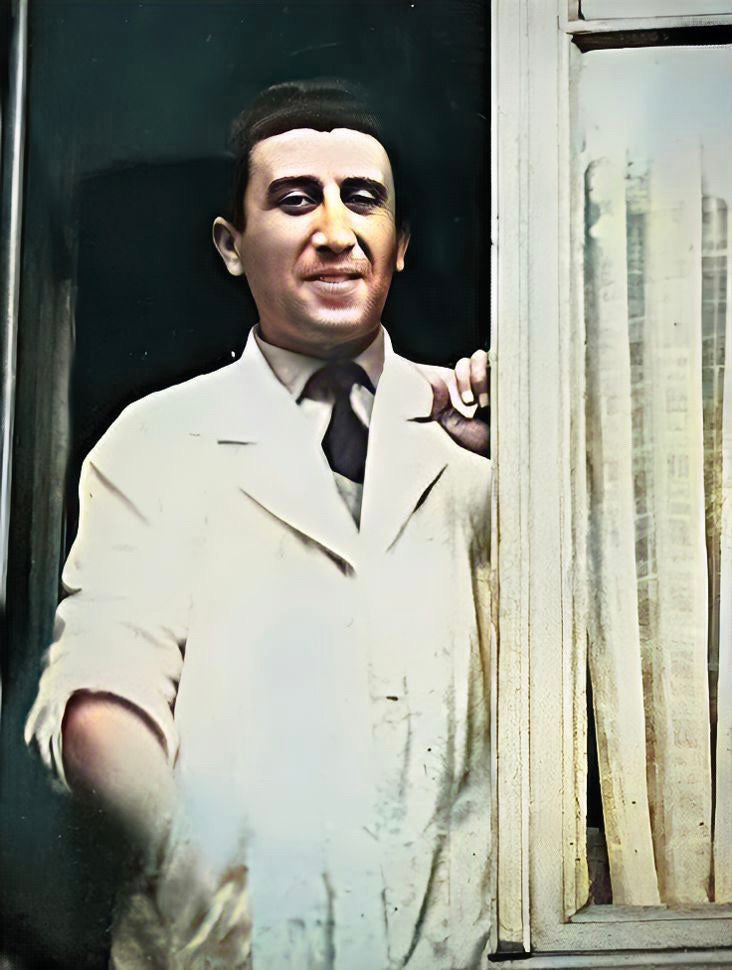Atopic Dermatitis on Legs: Symptoms & Treatments

Introduction
Atopic dermatitis is one of the most common types of eczema, affecting millions of people around the world. This long-lasting skin condition can occur anywhere on the body, but when it appears on the legs, it presents unique challenges for those who have it.
When atopic dermatitis develops on the legs, it creates distinctive patterns of:
- Dry, scaly patches
- Intense itching
- Inflammation
- Potential skin discolouration
Living with atopic dermatitis specifically on the legs can greatly impact daily life. The constant itching can disrupt sleep patterns, while visible symptoms may influence clothing choices and social confidence. Many individuals find themselves limiting physical activities or changing their routines to cope with symptoms.
Understanding the specific features of atopic dermatitis on the legs is crucial for effective treatment. Each person's experience varies, with symptoms ranging from mild irritation to severe flare-ups that require medical attention.
This comprehensive guide explores the visual signs, treatment options, and management strategies to help you navigate this challenging condition. For instance, incorporating a specialised eczema body wash into your skincare routine could provide significant relief from some symptoms. Alternatively, using an eczema cream designed for atopic dermatitis might help soothe the skin and reduce inflammation.
Moreover, understanding the underlying causes and effective treatment options for atopic eczema and dermatitis can empower individuals to take control of their skin health. Resources like our detailed blog on atopic eczema and dermatitis can provide valuable insights in this regard.
In addition to these topical treatments, managing discomfort associated with this condition may sometimes require pain relief solutions. For such instances, an aspirin-free pain relief cream could be beneficial for alleviating associated pain in areas affected by atopic dermatitis.
With the right knowledge and resources, it's possible to effectively manage the symptoms of leg-specific atopic dermatitis and improve overall quality of life.
Understanding Atopic Dermatitis
Atopic dermatitis affects approximately 20% of people worldwide, making it the most prevalent form of eczema. This chronic inflammatory skin condition typically develops during childhood, with many cases persisting into adulthood.
The condition stems from a combination of genetic and environmental factors that compromise the skin's protective barrier. Your skin becomes more sensitive to irritants and loses its ability to retain moisture effectively.
Common triggers that can spark flare-ups include:
- Environmental factors: Temperature changes, low humidity, dust mites, pet dander, and pollen
- Lifestyle elements: Stress, certain fabrics, harsh soaps, hot showers, and excessive sweating
Each person's experience with atopic dermatitis varies significantly. You might notice:
- Red, inflamed patches on light skin
- Brown or grey patches on darker skin
- Dry, scaly areas
- Intense itching
- Small, fluid-filled blisters
The severity and frequency of symptoms differ from person to person. Some individuals experience mild, occasional flare-ups, while others face persistent, severe symptoms that require intensive management strategies.
For those struggling with atopic eczema and dermatitis, there are natural pain relief products available that have been made in Italy since 1936. These products are designed to alleviate not only atopic eczema but also dry skin, dermatitis, psoriasis and other general skin problems.
Recognising Symptoms of Atopic Dermatitis on the Legs
Atopic dermatitis on the legs presents distinct symptoms that can significantly affect your daily activities. The primary signs include:
- Intense Itching: The affected areas become extremely itchy, leading to a persistent urge to scratch
- Dry, Scaly Patches: Your skin develops rough, flaky areas that can feel tight and uncomfortable
- Redness and Inflammation: Affected areas become red, warm to touch, and may appear swollen
- Skin Thickening: Repeated scratching causes the skin to become thick and leathery
The condition can progress to create additional complications:
- Oozing or weeping sores that form crusts
- Dark patches (hyperpigmentation) after healing
- Small, fluid-filled blisters
- Cracking and bleeding in severe cases
The distribution of symptoms on legs often follows specific patterns:
- Behind the knees
- Around the ankles
- Along the shin area
- On the thighs
These symptoms can vary in intensity throughout the day, with many people experiencing increased itching and discomfort during the evening hours. The appearance of your skin might change as the condition progresses through active flare-ups and periods of remission.
Visual Representation of Atopic Dermatitis on the Legs
Visual identification plays a crucial role in understanding atopic dermatitis symptoms on the legs. Pictures help you recognise the condition's varying manifestations and severity levels, enabling prompt medical attention when needed.
Common Visual Characteristics:
- Early Stage: Subtle pink or red patches with slight scaling
- Moderate Stage: Distinct redness with visible inflammation and dry, flaky skin
- Severe Stage: Deep red or purple discolouration with cracking, bleeding, or oozing
Key Areas to Monitor:
- Behind the knees
- Front of ankles
- Shin area
- Calf region
Pictures of atopic dermatitis on legs reveal distinct patterns based on severity and progression. Mild cases often display small, scattered patches of dry, red skin. Moderate cases show larger areas of inflammation with clear boundaries. Severe cases present extensive coverage with intense redness, scaling, and potential skin thickening.
Visual Changes During Flare-ups:
- Increased redness and swelling
- Formation of small fluid-filled blisters
- Development of crusty patches
- Darkening of affected areas
Understanding these visual patterns helps track the condition's progression and treatment effectiveness. Regular photo documentation of your symptoms aids healthcare providers in adjusting treatment plans and monitoring improvements.
Treatment Options for Atopic Dermatitis on the Legs
Managing atopic dermatitis on the legs requires a comprehensive treatment approach tailored to your specific symptoms and severity. Your healthcare provider might recommend different treatment options based on how your skin responds to initial therapies.
Basic Treatment Options
These are the basic treatment options that your healthcare provider may recommend:
- Topical corticosteroid creams to reduce inflammation
- Calcineurin inhibitor creams for immune system regulation
- Medical-grade moisturising creams
- Antihistamines to control itching
- Antibiotics if bacterial infection is present
Advanced Treatment Methods for Severe Cases
When standard treatments don't provide adequate relief, your dermatologist might suggest advanced treatment options:
Phototherapy Treatment
Phototherapy uses controlled UV light exposure to:
- Reduce inflammation
- Slow down rapid skin cell growth
- Improve vitamin D production
- Strengthen skin barrier function
Your dermatologist will determine the appropriate type of phototherapy:
- Narrowband UVB therapy - most common type
- PUVA (Psoralen + UVA) therapy
- Excimer laser treatment
Treatment sessions typically occur 2-3 times per week, with improvements visible after 4-6 weeks of consistent treatment.
Biologic Medications
Biologics target specific parts of your immune system to control inflammation. These medications include:
- Dupixent (dupilumab) - blocks inflammation-causing proteins
- Adbry (tralokinumab-ldrm) - targets specific inflammatory pathways
- Rinvoq (upadacitinib) - reduces immune system overactivity
These medications are administered through:
- Regular injections under the skin
- Oral tablets taken daily
Your healthcare provider will monitor your response to biologics through:
- Regular blood tests
- Skin examinations
- Progress tracking
The choice between phototherapy and biologics depends on various factors:
- Severity of symptoms
- Previous treatment responses
- Medical history
- Lifestyle considerations
- Cost and insurance coverage
Combination Treatments and Lifestyle Changes for Effective Management
Managing atopic dermatitis requires a multi-faceted approach combining medical treatments with lifestyle modifications. A successful treatment plan typically includes:
Medical Combinations:
- Prescription topical medications
- Over-the-counter moisturisers
- Antihistamines for itch control
- Anti-inflammatory medications
Essential Lifestyle Changes:
- Wear loose-fitting, breathable clothing made from cotton, silk, or merino wool
- Keep room temperature cool and consistent
- Use a humidifier to maintain optimal air moisture
- Avoid scratching through protective bandages or cotton gloves at night
- Identify and eliminate personal trigger factors
Daily Skincare Protocol:
- Take lukewarm showers (hot water can trigger flare-ups)
- Pat skin dry gently - never rub
- Apply prescribed medications first
- Layer with medical-grade moisturisers
- Reapply moisturisers throughout the day
Your dermatologist might adjust this combination approach based on your symptoms' severity and response to treatment. Regular monitoring helps fine-tune the treatment strategy for optimal results.
Daily Skincare Routine for Managing Atopic Dermatitis on the Legs
A consistent skincare routine plays a vital role in managing atopic dermatitis symptoms on your legs. Your daily regimen should focus on maintaining skin hydration and preventing flare-ups.
Essential Daily Moisturising Steps:
- Apply moisturiser 2-3 times daily
- Use fragrance-free, hypoallergenic products
- Choose petroleum jelly-based moisturisers for maximum protection
- Pat skin dry gently after cleansing
- Lock in moisture within 3 minutes of bathing
The timing of moisturiser application significantly impacts its effectiveness. Your skin acts like a sponge immediately after bathing, readily absorbing products and retaining moisture. This "soak and seal" method helps create a protective barrier against irritants.
Natural Remedies and Home Treatments for Itching Relief
Colloidal oatmeal baths offer significant relief for itchy, inflamed legs. This natural remedy contains anti-inflammatory properties that soothe irritated skin, making it an excellent option for eczema home treatment.
How to Prepare an Oatmeal Bath:
- Fill bathtub with lukewarm water
- Add 1 cup of colloidal oatmeal or Epsom salts
- Soak legs for 15+ minutes
- Pat skin dry with a soft towel
- Apply moisturiser immediately
Members of MyEczemaTeam share positive experiences with natural treatments:
"Soaking my legs in colloidal oatmeal baths has been a game-changer. The itching subsides almost immediately, and my skin feels less inflamed."
Incorporating natural ingredients into your skincare routine can further enhance its effectiveness. For instance, using pure coconut oil as a moisturiser or employing wet wrap therapy can provide additional relief.
Additional Natural Solutions:
- Cool compress application
- Pure coconut oil as a moisturiser
- Wet wrap therapy
- Cotton clothing to reduce irritation
- Regular bedding changes to minimise allergen exposure
The effectiveness of these remedies varies among individuals. Track your skin's response to different treatments in a diary to identify what works best for your specific symptoms.
For those dealing with severe discomfort, consider exploring natural pain relief options that are available, such as the pain relief cream from 1936 Original which is known for its fast and effective results.
It's essential to consult with healthcare professionals regarding the best eczema treatment options tailored to your needs.
Seeking Support and Community Resources with MyEczemaTeam
Living with atopic dermatitis can feel isolating, but you're not alone. MyEczemaTeam, a social network with over 54,000 members, offers a dedicated space for people managing eczema to connect and share their experiences.
Members actively share their daily challenges and victories:
- "Moisturising and elevating my leg has made such a difference. The support from others here helped me discover this technique" - MyEczemaTeam member
- "Finding others who understand the specific struggles of leg eczema has been invaluable" - MyEczemaTeam member
The platform allows you to:
- Connect with others experiencing similar symptoms
- Learn practical tips from real experiences
- Share your journey and treatment discoveries
- Access emotional support during challenging flare-ups
MyEczemaTeam creates a safe space where you can discuss sensitive topics, treatment experiences, and daily management strategies with people who truly understand your journey. The community's collective wisdom helps members navigate their treatment paths with greater confidence.


